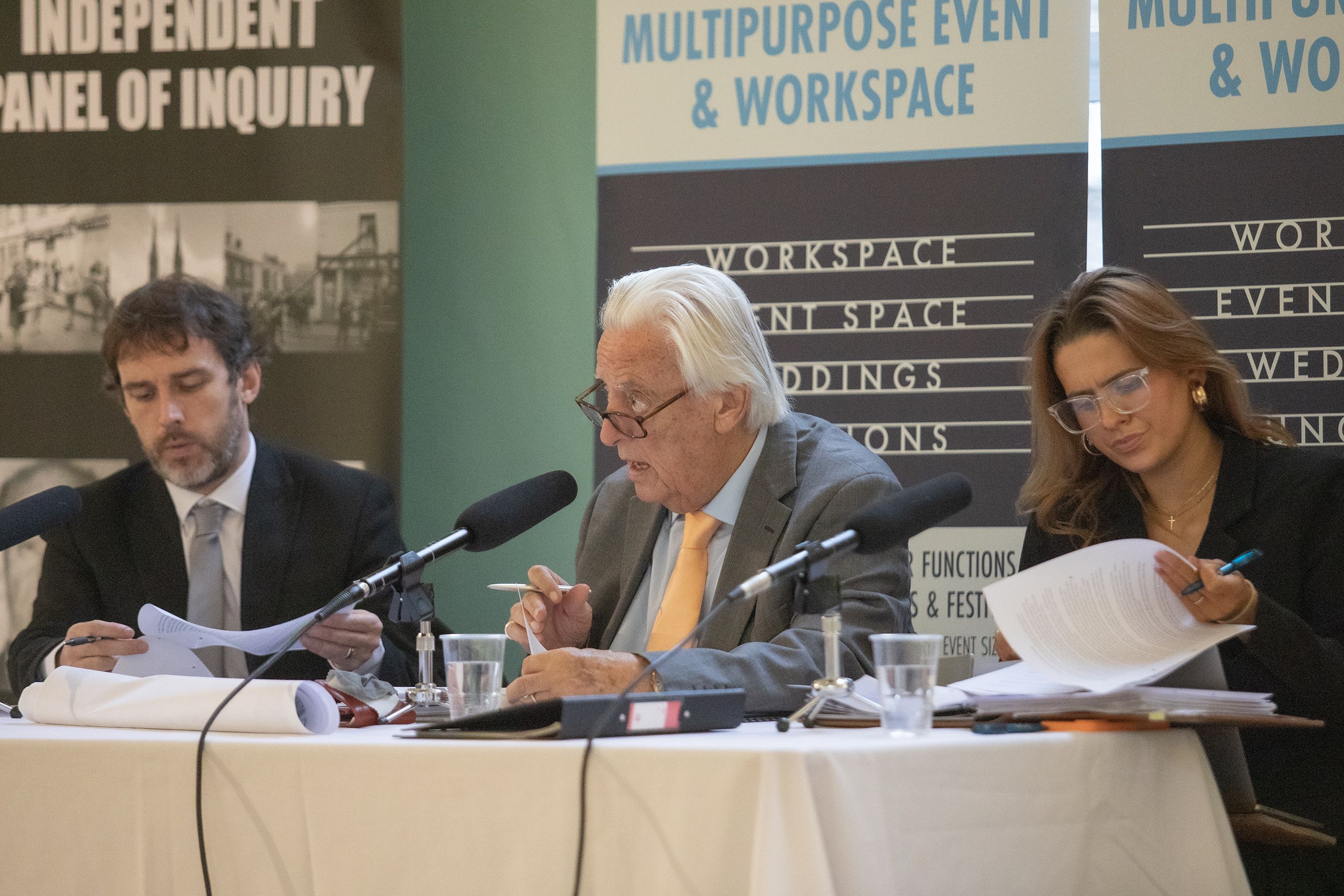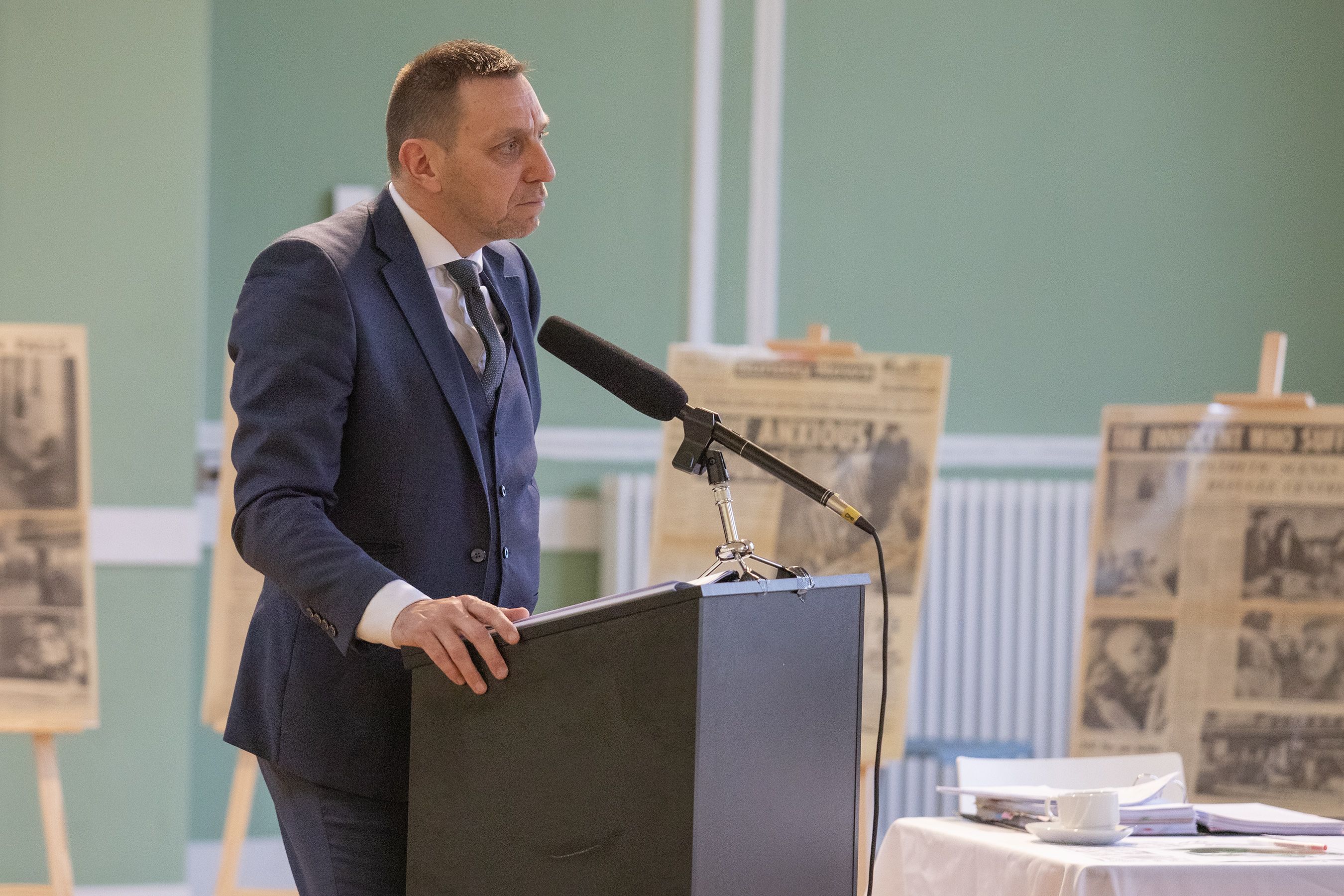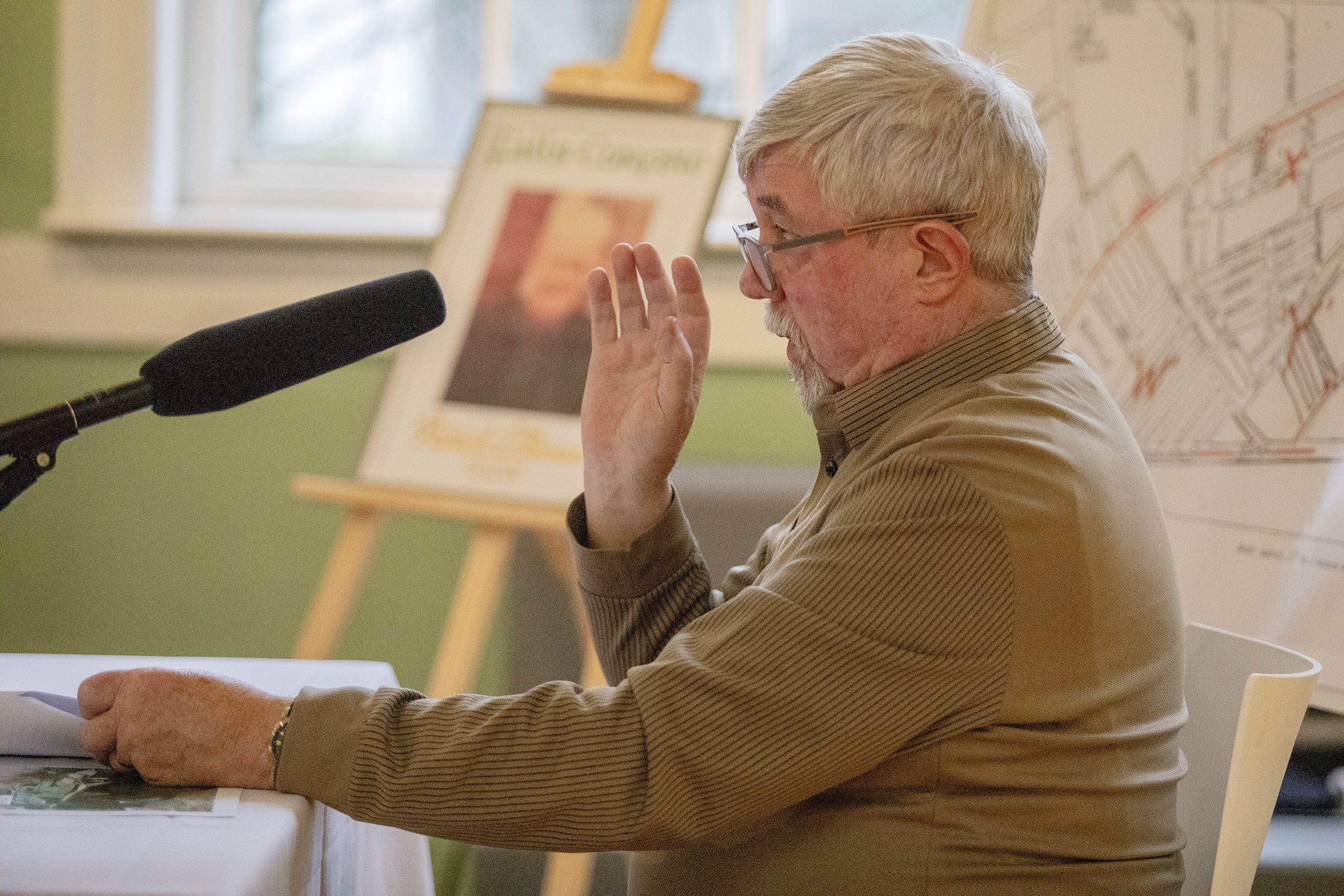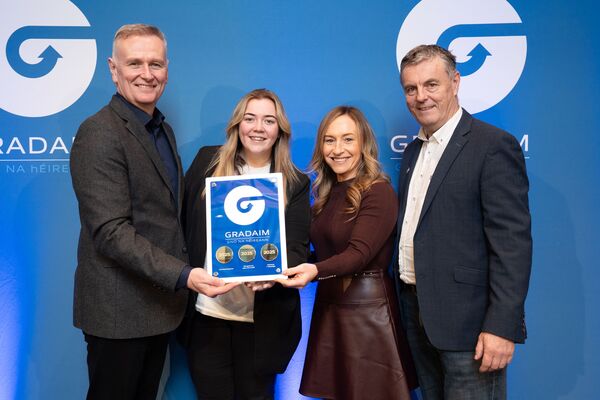A MAN who went to get medical help for one of the victims of the Falls Curfew has told an inquiry that he saw members of the Knights of Malta receiving a blessing from a priest before leaving their Sultan Street premises to aid those who had been shot and injured.
The four people who were killed by the British Army over July 3-5 1970 were Charles O’Neill (36), William Burns (54), Patrick Elliman (62) and Zbigniew Uglik (23). Seventy-eight people were injured and hundreds of homes were ransacked over a weekend that is seared into the memory of the West Belfast community. For many, the Curfew marked the end of the 'honeymoon period' that the British army had enjoyed in nationalist areas after August 1969.
Eamonn Cochrane worked at Michelin in Mallusk at the time of the curfew. He told the inquiry that he had collected his holiday pay on the afternoon of Friday July 3 and made his way back home around four o’clock after hearing that trouble was brewing on the Falls.
He recalled how he had spoken to the third victim of the Curfew, Paddy Elliman, just moments before he was shot dead.
“After leaving my wife and children at her mothers, I walked up Marchioness Street and met James and Paddy Elliman,” recalled Eamonn. “I said to them, ‘Be careful, the Brits are trigger-happy.’ I said this as the soldiers appeared agitated when I had the confrontation with them earlier that day. We parted ways and as I was walking past 12 Marchioness Street I heard shots being fired.
The independent panel is chaired by Michael Mansfield KC
“James Elliman came running up from the corner of Marchioness Street and Cullingtree Road, clearly frightened, shouting that Paddy Elliman has been shot. I turned around and saw Paddy Elliman lying on the street around 40 yards from where I was standing. I did not hear any warning from the soldiers before the firing.
“I ran to help Paddy Elliman but could not carry him alone. John McGinn who lived across the street from James Elliman, came to help. He took hold of Paddy Elliman’s legs while I lifted his arms, and together we carried him to Number 12 Marchioness Street where Paddy and his sister Kathleen lived.
“When we reached Paddy Elliman’s house his sister Kathleen Elliman was there. We laid Paddy on the floor. I grabbed a towel and put it to his head. I could see his brain and half of his skull was missing. His wounds were severe and clearly fatal."
Eamonn said he then went to Sultan Street where the Knights of Malta were based to get an ambulance.
"When I arrived the people there told me all the ambulance drivers were inside the station receiving the Last Rites. A medical volunteer offered to come with me.
“We waved a white cloth and shouted 'Medical!' as we ran back down Osman Street towards Marchioness Street carrying a stretcher. The medic, after examining Paddy at his home, said there was nothing he could do due to the injuries sustained by Paddy Eilliman. The ambulance arrived around 15 minutes later, and we placed Paddy straight on to the stretcher and into the ambulance.”
Under questioning from Michael Mansfield, Mr Cochrane insisted that there was no trouble or rioting taking place at the time of the shooting. He said that he wouldn’t have taken his wife and three young children out if there had been trouble. He was also adamant that Paddy Elliman had been shot before six o’clock when it was bright and not later that evening. Forensic Engineer Brian Murphy
Forensic Engineer Brian Murphy was called as the first witness that morning. He said that the maps that the inquiry will be using were published in 1967 but he was confident that they were accurate for July 1970. Mr Murphy had been called as an expert witness at the inquests into the deaths of 10 civilians who were killed by the British army’s notorious Parachute Regiment in West Belfast in August 1971 in what became known as the Ballymurphy Massacre.
He said he will prepare a report following the witnesses statements. “Normally I would have photographs taken in relation to this type of report. However, as you’re aware, the whole area has been redeveloped."
John Cherry was a 22-year-old BT engineer at the time of the Curfew and was living with his parents in Clonard. He told the inquiry that he went to his aunt’s house in Garnet Street in the lower Falls after work and at around 5.45pm on July 3 made his way home. His route would bring him into contact with Charlie O’Neill, who would be the first victim of the British Army that day.
“After leaving my aunt’s house I walked up to the corner of Omar Street where I saw a crowd of about 20 to 50 people gathered,” said Mr Cherry. "I could not see what was happening, so I stepped away from the crowd on to the middle of the road to get a better look. Everyone was looking down the road towards where the British soldiers and a Saracen were positioned on the Falls Road. The soldiers were placed in a line across the Falls Road and the Saracen was stationary.
“I noticed a man standing in the middle of the Falls Road on his own. He was about five foot six. I don’t recall anything else about him. I did not know this man at the time but I later learnt that it was Charles O’Neill.
“I walked up to Charles O’Neill. The Saracen has started to move towards Charles who remained standing there and said to me, 'Stand your ground. I was in the RAF.' I didn’t reply. I didn’t understand why he thought he could stop the Saracen. I thought to myself, there’s no way I’m standing my ground, and I turned to walk back on to the pavement.
Solicitor Pádraig Ó Muirigh
“By the time I turned back towards the pavement again, the Saracen had hit Charles O’Neill. I heard the crowd yell, that’s when I knew he’d been struck. I did not see Charles being struck.
“After that, I left the area quickly. I went down Omar Street and up Balaclava Street and headed home to Tralee Street. On my way home, at the bottom of Clonard Street, I saw a man being put into an ambulance. He had been shot in the arm.”
John said he recalled a BBC news report the next day stating that a man had died after being crushed against church railings by a Saracen.
“I can remember clearly that there were no railings at the location of Charles O’Neill’s death.”
The inquiry resumes in the New Year.








